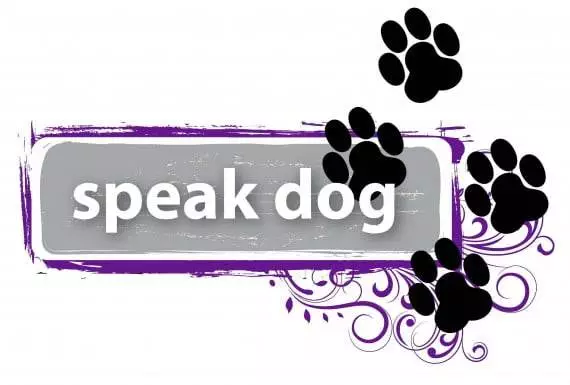Q: One of our therapy dogs is a great therapy dog. However, she flunked her re-registration because of her vocalization (whining and squealing) and wanting to visit and smell the “neutral” dog. As a side note, after she gets to know the neutral dog, she behaves pretty well. She is extremely obedient in everything else.
Do you have any suggestions as to what the owner can do to control this before it starts. She has to be re-tested in November or December.
A: I hope I can help with this. I apologize in advance for the length of my response but this is just the tip of the iceberg so to speak. Ideally I would like to meet with the dog and handler to do a proper evaluation. If the handler expresses interest in pursuing my services I prefer to be reached by email. You can find me on the AKC website under CGC evaluators www.akc.com and also on the APDT website under trainer search www.apdt.com if they are interested in knowing my certifications I am a professional dog trainer and not just a dog fancier. Although it may seem like a lot to read there is really quite a bit more to be said so if they like my take on things I would be glad to communicate directly with them. It sounds, to me, like the dog in question is in need of a few things: anxiety reduction, socialization (or reverse-socialization), and the cues ‘quiet’ and ‘leave-it.’ I’m sure these things have already been mentioned but if I didn’t start from the beginning, I would be a bad trainer. The best way to reduce this kind of behavior in my experience is to counter condition the dog. I used to have the same ‘social-butterfly’ problem with my dog. I will tell you that there is a lot that goes unsaid about the way the dog and person work together and that is usually where the problem lies so to give a tailored prescription I would have to see them in action. As a trainer I use positive methods and I must say that if one does not stay consistent with their dog in the form of training they can not count on what they will get out of the dog as far as behavior. Keep in mind that what you do not do is as important as what you do. The first question I have is when are the vocalizations taking place? Is it safe to assume that the problem is related to the distraction dog test item, or is it present throughout? Also, what kind of dog are we dealing with and how old? Once I have these answers I will be more able to appropriately prescribe a solution. Anxiety reduction is something that many people must learn to do by practicing. First, the dog needs a few things to live a balanced life; good nutrition, medical attention, exercise, mental stimulus, affection and down time. Although there are many other things that dogs need, if one of the previously mentioned items is out of balance the dog will notify you by some kind of manifestation usually physical or emotional. Vocalizations are one of the ways dogs attempt to communicate and it is not uncommon for them to become a nuisance. Never reward undesired behavior with attention or any other type of reinforcement. Sometimes a dog will vocalize and the handler tries to calm the dog by petting or stroking, this is actually not something that will helping the long run. Other times the dog will vocalize and be punished for it. I am reminded by an instance in the past where a dog became very anxious around other dogs and the reason is that for whatever reason the handler would reprimand the dog for paying attention to other dogs in the form of a leash pop or a harsh word. It’s easy for me to see how the dog can correlate other dogs with bad things, the presence of other dogs yields pain and trouble – that in itself built stress which manifested in vocalization and anxiety. I tell the story because that is usually the case however sometimes it is not. A good way to reduce stress is to live a structured life. Meals, walks, playtime, training and all other aspects of a dogs life are best structured, if not the dog is left wondering what will happen next. Consistency is very important to dogs and that is often a problem on our side. The first thing I would do involving counter conditioning is to un-do the previously learned or conditioned notions involving other dogs, this is interpreted as socialization or reverse-socialization. If other dogs are perceived as a threat, playmate, source of reward, or irritation I would immediately change that way of thinking. Each case is different and that is the beauty of a trainer as opposed to a book; books tell you about dogs in general and a trainer tells you about your dog. ‘Quiet’ and ‘Leave It’ are quick and easy to teach and once these behaviors are under stimulus control they can be transferred to things like other dogs and new surroundings. Keep in mind that ‘Leave It’ is forever; it is not ‘Wait’ which could also be a handy cue for this application if the dog will ever get to go to the other dog.
